When considering transportation logistics, particularly in the realm of freight and cargo, flatbed trailers stand out for their versatility. One of the critical aspects of flatbed trailers is their height off the ground. This article delves into this important parameter and offers insight into measuring, selecting, and utilizing flatbed trailers effectively.
What Is a Flatbed Trailer?
A flatbed trailer is a type of open trailer that doesn’t have sides or a roof. This design facilitates the loading and unloading of goods from various angles, making it a preferred choice in industries that transport oversized or heavy items, such as construction, agriculture, and machinery.
Types of Flatbed Trailers
Understanding the various types of flatbed trailers can influence decisions based on height requirements. Popular types include:
| Type | Description | Typical Height |
|---|---|---|
| Standard Flatbed | General-purpose trailer for diverse loads. | 48-60 inches |
| Step Deck | Two deck heights allow for taller loads. | 30-36 inches (front), 48-60 inches (rear) |
| Double Drop | Further reduces height for oversized equipment. | 22-30 inches |
| Lowboy | Designed specifically for transporting heavy equipment. | 18-24 inches |
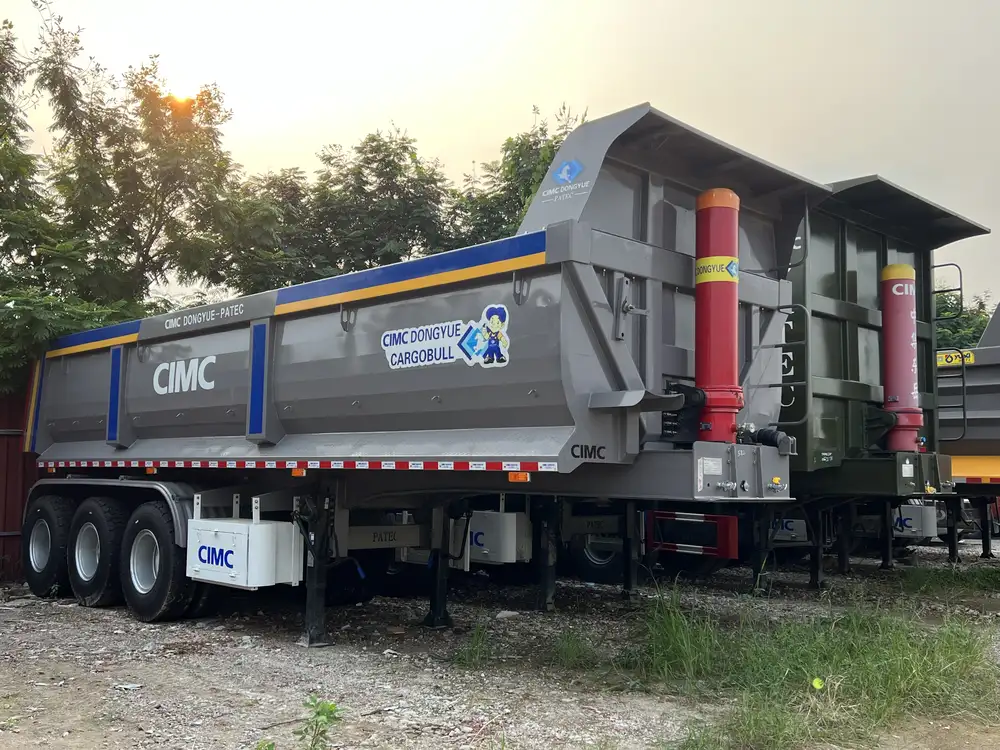
Importance of Understanding Height
Determining how high a flatbed trailer sits off the ground is essential for several reasons:
Loading and Unloading: A lower height facilitates easier loading for certain types of cargo, reducing the need for additional equipment.
Legal Compliance: Various jurisdictions dictate specific height requirements for road transport. Knowing the dimensions helps ensure compliance to avoid fines and delays.
Stability and Safety: The height of a trailer can impact its stability, particularly while transporting top-heavy loads.
How High Is a Flatbed Trailer Off the Ground?
The height of a flatbed trailer can vary based on several factors, primarily:
Design and Build: Different manufacturers may use various materials and designs, directly impacting the height.
Load Capacity: Heavy-duty flatbeds designed to carry significant weight might incorporate structural elements that increase overall height.
Standard Measurements
On average, standard flatbed trailers maintain a height ranging from 48 to 60 inches off the ground when empty. This measurement can slightly vary based on the specifications provided by different manufacturers or models. Flatbed trailers designed for specialized purposes (like Step Decks and Lowboys) will feature lower heights to accommodate specific types of cargo, allowing oversize loads to bridge the gap in height.
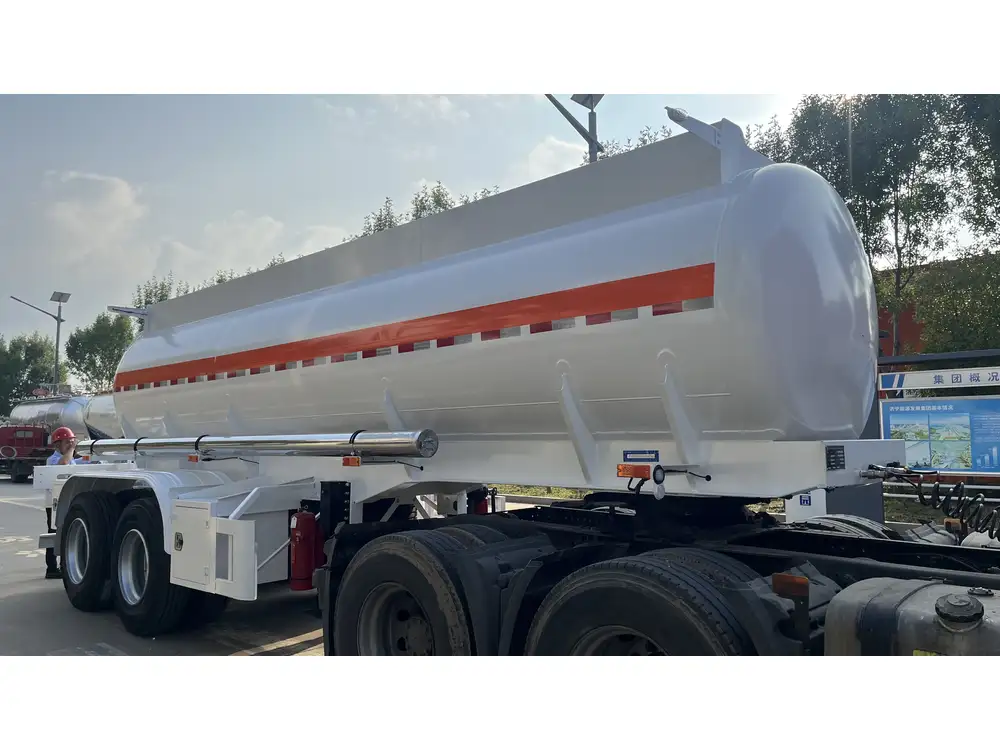
Factors Affecting Trailer Height
Tire Size: The size of the tires mounted on a trailer directly influences its overall height. A trailer on larger tires will sit higher off the ground.
Suspension Type: Various suspension systems offer different heights when unloaded. Air ride suspension, for instance, can adjust the trailer height based on load dynamics.
Deck Configuration: The deck’s design and construction (like the addition of ramps or flooring options) will also alter the height.
Practical Considerations and Common User Questions
How to Measure the Height of a Flatbed Trailer
Measuring the height of a flatbed trailer accurately requires:
Flat Surface: Ensure the trailer is on a level, stable surface.
Measuring Instrument: Use a consistent measuring tool, such as a tape measure.
From Ground to Deck: Measure from the ground to the top of the flatbed deck, accounting for any additional rails or accessories.
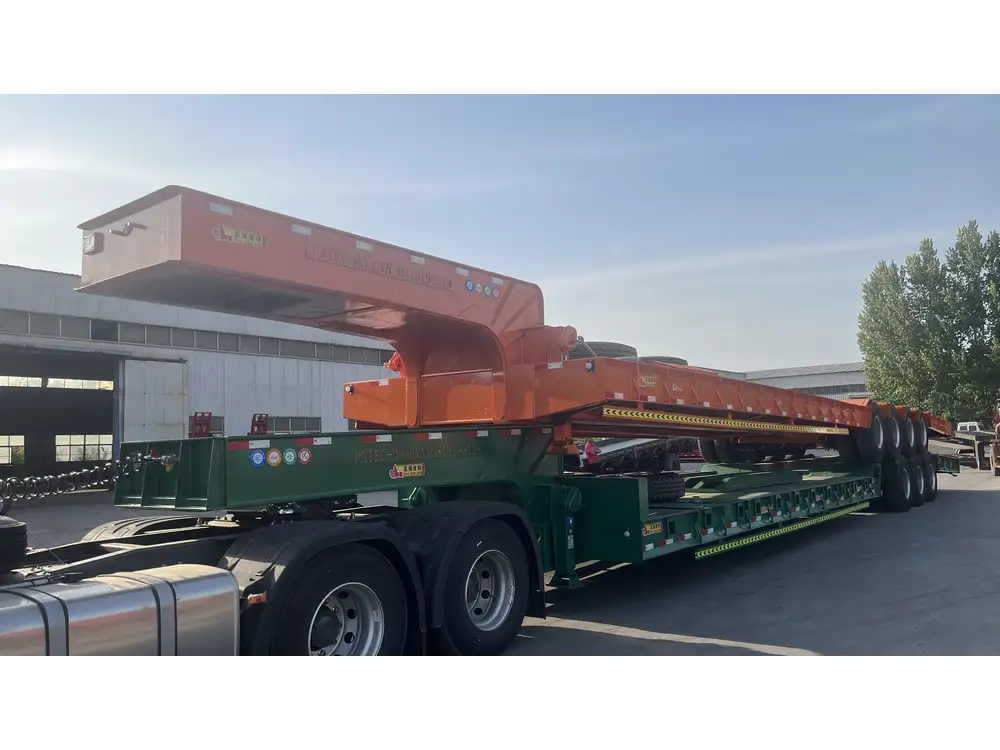
What Is the Impact of Height on Loading Equipment?
Each height provides different pros and cons:
Higher Trailers: Require additional machinery for loading and unloading, such as fork trucks or cranes.
Lower Trailers: Often simplify offloading, allowing fork lifts to access the load more easily.
Best Practices for Loading High Loads
Use of Ramps: When dealing with tall items, utilizing properly engineered ramps can help facilitate safe loading.
Weight Distribution: Ensure even distribution of weight on the trailer’s deck to maintain stability during transport.
Secure All Loads: Use straps, chains, or other securing methods to prevent shifts during transit, which could cause tipping or accidents.
Height Limitations and Regulations

Legal Height Restrictions
Generally, the maximum height for commercial trucks and their trailers on highways is 13.5 to 14 feet. Each state’s Department of Transportation (DOT) will have regulations that outline permissible heights.
Importance of Complying with Legal Requirements
Failure to comply can lead to fines or force necessary reroutes. By understanding the height of your flatbed trailer, you can ensure compliance with local and federal regulations.
Flatbed Trailer Applications Based on Height
Understanding the height of flatbed trailers can help you choose the right trailer for your specific application. Below are common uses based on height:
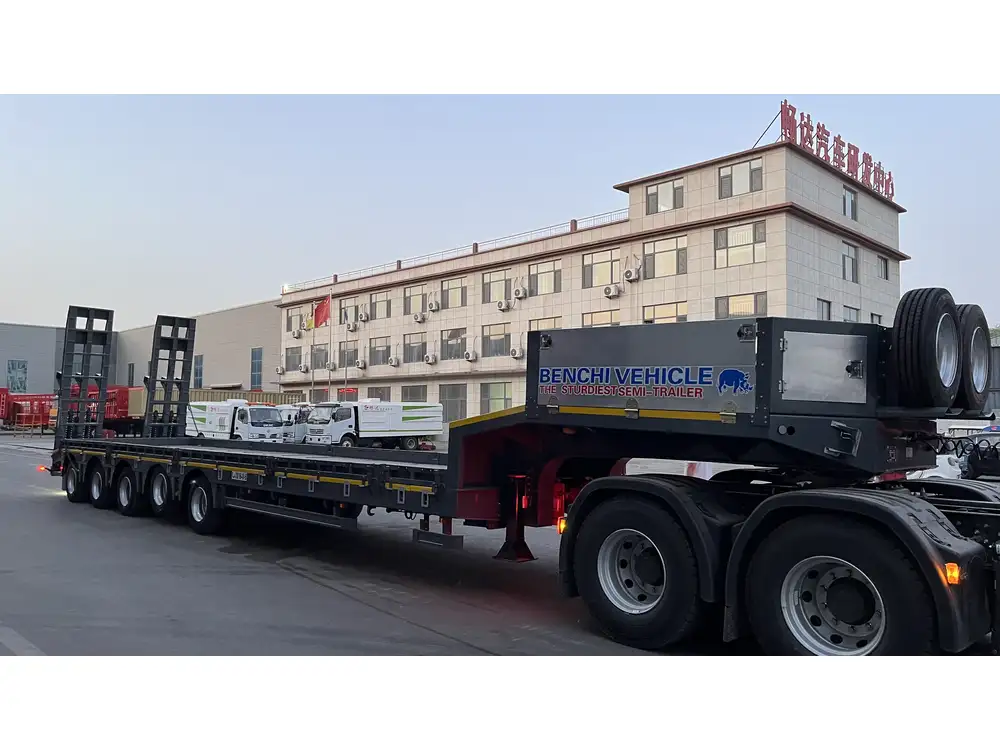
Low Cargo Transport
- Type of Trailer: Lowboy Trailers
- Use Cases: Moving heavy machinery like bulldozers and excavators.
Construction Equipment
- Type of Trailer: Standard Flatbed or Step Deck
- Use Cases: Transporting construction materials or pre-built structures.
Oversized Loads
- Type of Trailer: Double Drop
- Use Cases: Specialized transport for equipment that exceeds standard height restrictions.
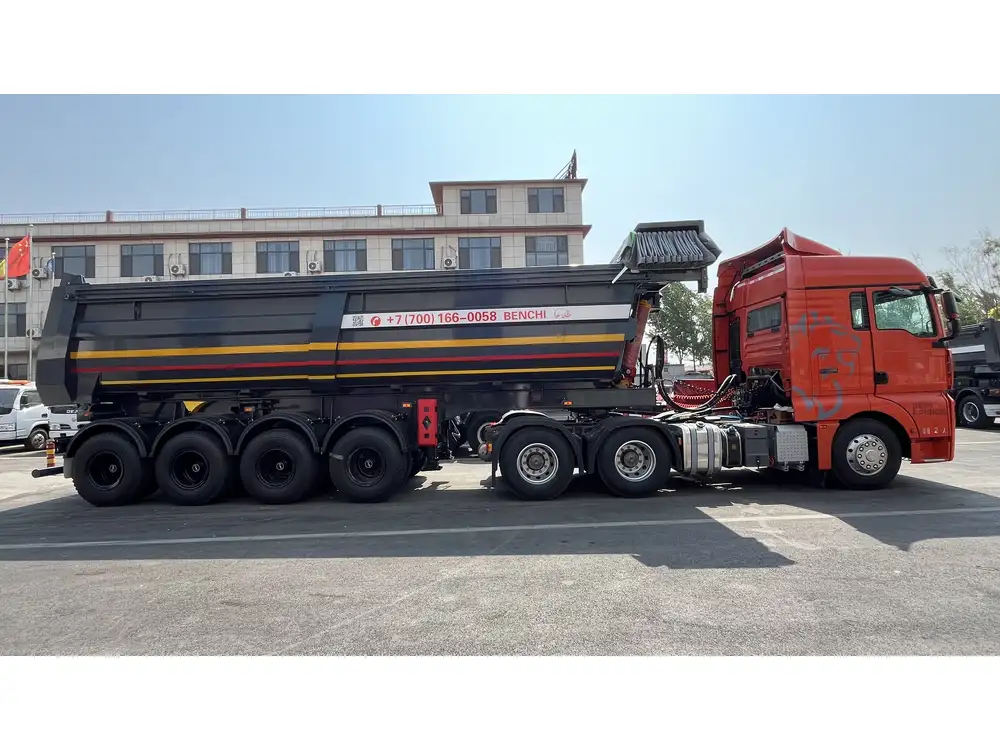
Specialty Cargo
- Type of Trailer: Specialized Flatbeds (with accessories)
- Use Cases: Transporting wind turbine blades or large panels.
Conclusion
Understanding the height of a flatbed trailer is vital for several facets of freight transport, including safe loading practices, regulatory compliance, and the overall efficiency of logistics operations. By assessing your specific needs and taking into account all the variables that influence trailer height, you can optimize your transportation solutions.
In choosing the right flatbed trailer for your needs, take these considerations into account:
Industry Requirements: Are you transporting heavy equipment, or does your cargo have specific dimensions?
Legal Compliance: Ensure that your trailer complies with local regulations.
Loading Mechanisms: Consider the tools available for handling loads efficiently.
Choosing the right flatbed trailer is paramount, and understanding its height is just the beginning. Through careful consideration of the elements outlined above, you can enhance operational efficiency and ensure compliance, paving the way for successful transport solutions.



